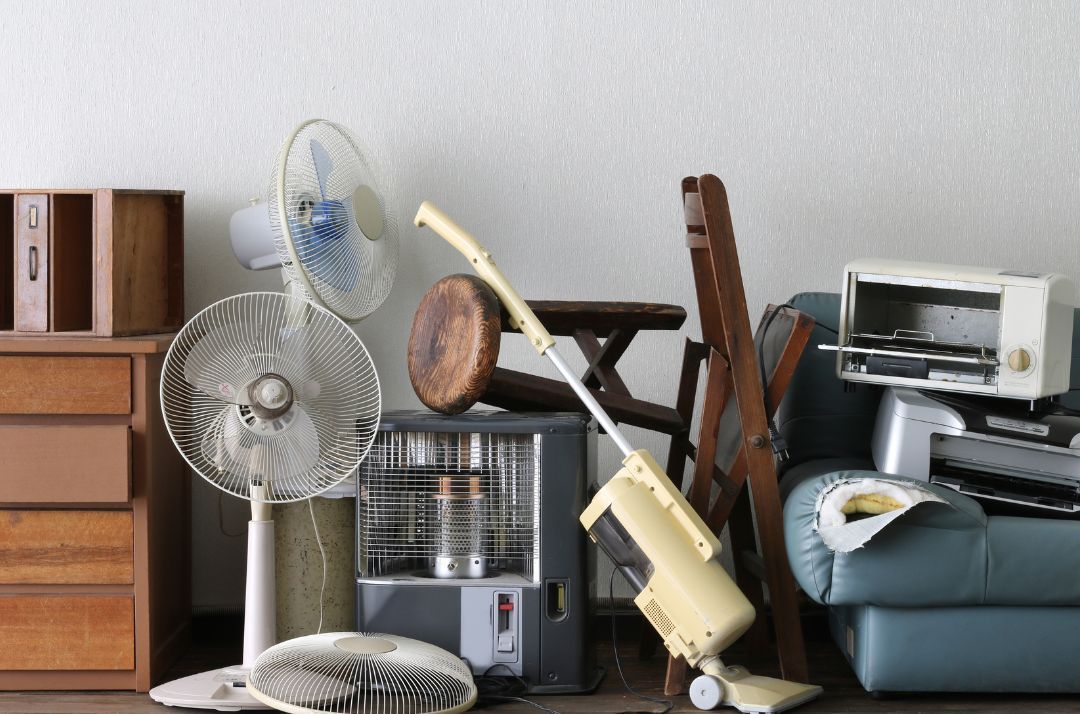Dumpster Sizes
Renting a dumpster is a smart solution for home cleanouts, construction projects, or large-scale decluttering, but choosing the right dumpster size can be tricky. Pick one too small, and you’ll run out of space; too large, and you’ll overspend. This guide breaks down standard dumpster sizes, their uses, capacities, and costs to help you make an informed decision. Whether you’re renovating a kitchen or clearing out a garage, we’ve got you covered.
Why Dumpster Size Matters
Selecting the correct dumpster size saves time, money, and hassle. Overloading a dumpster can result in extra fees, while renting an oversized container can waste your budget. Understanding your project’s scope and debris type—whether it’s household junk, construction materials, or yard waste—ensures you pick the perfect fit.
Common Dumpster Sizes and Their Uses
Dumpster sizes are measured in cubic yards, indicating how much debris they can hold. Below are the most common sizes, their dimensions, capacities, and ideal projects.
10-Yard Dumpster
- Dimensions: ~12 ft long x 8 ft wide x 3.5 ft high
- Capacity: ~3 pickup truck loads or 50-70 trash bags
- Weight Limit: 1-2 tons (2,000-4,000 lbs)
- Best For: Small cleanouts, minor renovations, or yard waste removal
- Examples:
- Clearing out a single room (e.g., basement or attic)
- Small bathroom remodel
- Landscaping projects like shrub removal
Tip: Ideal for tight spaces like urban driveways, but confirm placement requirements with your rental provider.
15-Yard Dumpster
- Dimensions: ~16 ft long x 8 ft wide x 4 ft high
- Capacity: ~4.5 pickup truck loads or 80-100 trash bags
- Weight Limit: 2-3 tons (4,000-6,000 lbs)
- Best For: Medium cleanouts or small-to-medium remodeling projects
- Examples:
- Decluttering a small house or apartment
- Kitchen or flooring replacement
- Removing old decking or fencing
Tip: A versatile option for homeowners tackling multi-room projects or contractors handling light demolition.
20-Yard Dumpster
- Dimensions: ~22 ft long x 8 ft wide x 4 ft high
- Capacity: ~6 pickup truck loads or 110-130 trash bags
- Weight Limit: 3-4 tons (6,000-8,000 lbs)
- Best For: Large home cleanouts, renovations, or roofing projects
- Examples:
- Whole-home decluttering before a move
- Major kitchen or bathroom remodel
- Shingle replacement for a 1,500-2,000 sq ft roof
Tip: Popular for construction debris like drywall or lumber, but check weight limits for heavy materials like concrete.
30-Yard Dumpster
- Dimensions: ~22 ft long x 8 ft wide x 6 ft high
- Capacity: ~9 pickup truck loads or 170-190 trash bags
- Weight Limit: 4-6 tons (8,000-12,000 lbs)
- Best For: Major renovations, construction, or estate cleanouts
- Examples:
- Full home remodel or addition
- Large-scale demolition (e.g., garage or shed)
- Clearing out an estate or hoarder's home
Tip: Ensure you have enough space for placement, as this size requires a wider area than smaller dumpsters.
40-Yard Dumpster
- Dimensions: ~22 ft long x 8 ft wide x 8 ft high
- Capacity: ~12 pickup truck loads or 230-250 trash bags
- Weight Limit: 6-8 tons (12,000-16,000 lbs)
- Best For: Commercial projects or massive cleanouts
- Examples:
- Large commercial construction or demolition
- Apartment complex cleanouts
- Major disaster recovery (e.g., flood or fire debris)
Tip: Not typically recommended for residential use due to size and cost, but ideal for contractors with heavy debris.
How to Choose the Right Dumpster Size
Follow these steps to pick the perfect dumpster size for your project:
- Estimate Debris Volume: Walk through your project and tally up items. For example, a single couch takes ~1-2 cubic yards, while a kitchen remodel might generate 15-20 cubic yards of debris.
- Consider Debris Type: Heavy materials like concrete or brick require smaller dumpsters with higher weight limits to avoid overage fees. Lighter debris like furniture or yard waste can fill larger containers.
- Check Space Availability: Measure your driveway or placement area to ensure the dumpster fits. Most require at least 10-15 ft of clearance and 60 ft of straight-line access for delivery.
- Account for Weight Limits: Exceeding the weight limit incurs extra costs. Ask your provider for guidance if you’re disposing of heavy items.
- Plan for Extra Space: Renting a slightly larger dumpster (e.g., 20-yard instead of 15-yard) prevents overflow and saves you from needing a second container.
Pro Tip: Use an online dumpster size calculator or consult your rental company for personalized recommendations based on your project details.
FAQs About Dumpster Sizes
How much does a dumpster hold compared to a pickup truck?
A 10-yard dumpster holds ~3 pickup truck loads, while a 40-yard holds ~12. Estimate your debris volume in truckloads to gauge the right size.
Can I mix different types of debris?
Yes, in most cases, but confirm with your provider. Heavy materials like concrete may require a dedicated dumpster due to weight restrictions.
What if I underestimate the size I need?
If your dumpster fills up early, you can request a swap-out (for an additional fee) or rent a second container. It’s often cheaper to rent a slightly larger size upfront.
How long can I keep a dumpster?
Standard rentals last 7-10 days, but extensions are available for a daily fee. Discuss your timeline with the rental company.
Rent the Perfect Dumpster with Iron Bull Hauling
Ready to tackle your project with the right dumpster size?
Iron Bull Hauling offers a range of dumpsters from 10 to 30 yards, perfect for
home cleanouts, renovations, or construction jobs. Our team will help you choose the ideal size and handle delivery and pickup with ease. Call us today at
(540) 315-3052 or fill out our online form to get started with fast, reliable
dumpster rental services. Clear your space and keep your project on track!


